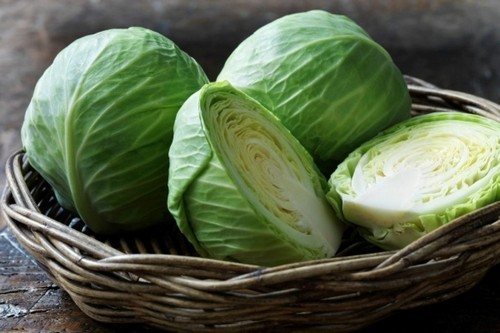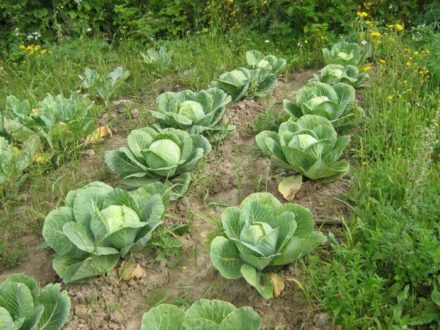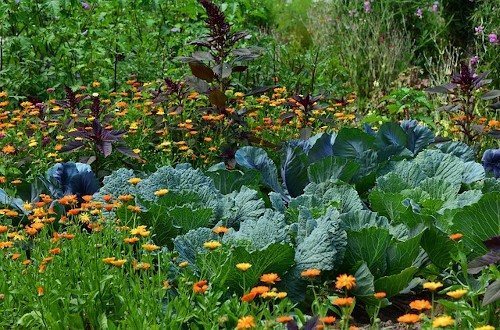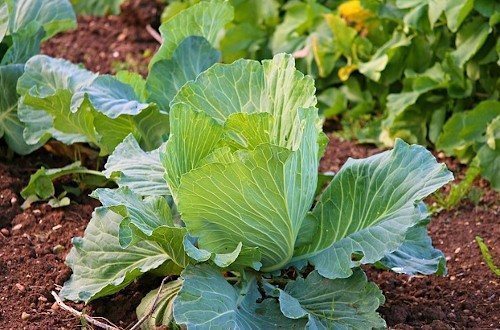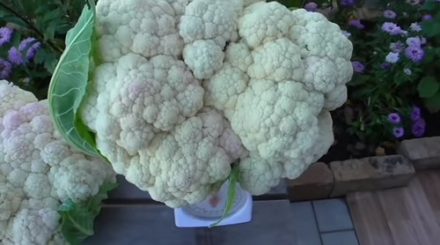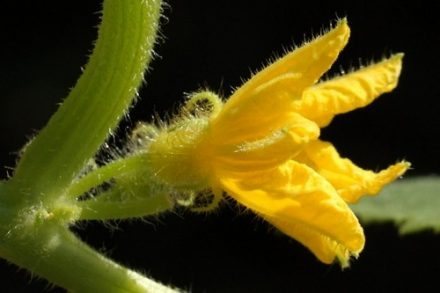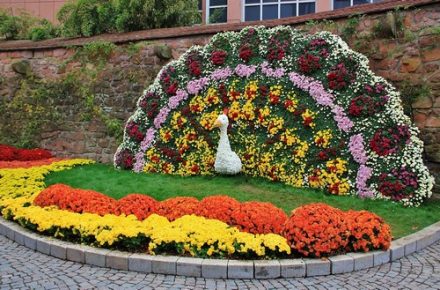Everyone knows cabbage as a crop that produces very healthy dishes. But many do not suspect that it can be not only tasty, but (with due attention) also beautiful. At the same time, it can retain its beauty even after the first frost. A little frost adds charm to the landscape. Each variety surprises with its distinctive features - color or cut of foliage, height or width. This variety will allow you to find something you like.

Main varieties of ornamental cabbage
Many varieties have recently begun to appear on the public market, most of which came to European countries from Japan. Conventionally, they can be divided into plants with and without heads of cabbage. Plants of the second group can be more than 100 cm in length. If you remove the leaves of cut plants from the stem, they will resemble a rose and fit harmoniously into the flower arrangement in the flowerbed.
The most popular types are varieties such as:
- Nagoya. A distinctive feature is the bright red, slightly curled leaves.
- Sedge. It stands out for its size, more than 50 cm in height. White and pink leaves.
- Tokyo. Red-pink shade with dark green leaves. Grows up to 40 cm in height.
- Peacock. Dark purple or creamy white color. The leaves have a deeply serrated edge. Height reaches 30 cm.
Ornamental cabbage goes well with roses and violets. This combination is used to decorate autumn flower beds.In addition, you can make a flower bed from cabbage, placing it along the road, near benches or recreation areas and barbecues. The main thing is that the place is well lit by the sun.
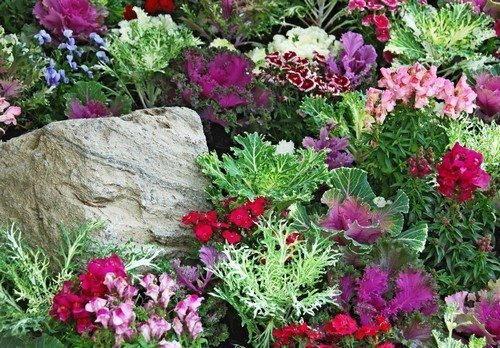
Decorative use
The classic combination option is the use of several varieties at the same time. A palette of gradient colors will impress anyone. The plant undergoes replanting in case there is a desire to change the place of decoration or transfer to a home atmosphere.
If you approach the design of your garden creatively, then a flowerbed in a wooden barrel would look original. Cabbage also makes unusual bouquets. To do this, cut it at the root and place it in a vase. The plant is unpretentious. It is enough to change the water 2 times a week.
Growing and care
Cabbage is propagated by seedlings. Since the seeds are quite large, they can be sown in a pot. Can be grown outdoors, in a greenhouse or in a greenhouse. Sowing dates should be chosen no earlier than the end of March, and by mid-May they should be planted on an ongoing basis. Over time, cabbage grows, so it is recommended to plant the sprouts at a sufficient distance from each other.
If you grow seedlings in a container, then they are first disinfected with potassium permanganate. Watering should not be frequent. To prepare the soil for seedlings, you need to select a layer of 15 cm of soil and lightly loosen it. The embedment depth should not exceed 2 cm.
To prevent the plant from withering, you need to take care of it - water and feed it. However, cabbage often suffers from caterpillars. Therefore, you will have to use special means, provided that the leaves will be eaten.
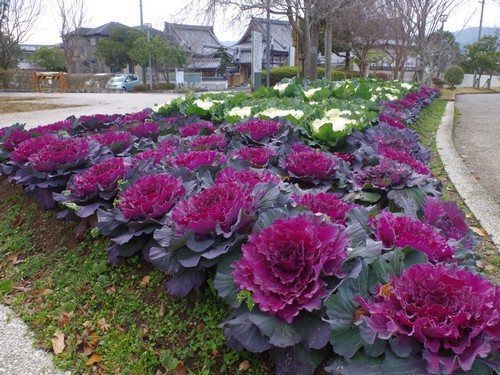
Ornamental cabbage is a durable and beautiful plant that is just beginning to gain popularity in the European part of Russia, while it has the advantage of being relatively inexpensive. Frost resistance will allow you to enjoy its beauty until the first frosts. The ease of growing makes ornamental cabbage also affordable, which will allow even a novice gardener to see how picturesque it is. I like


